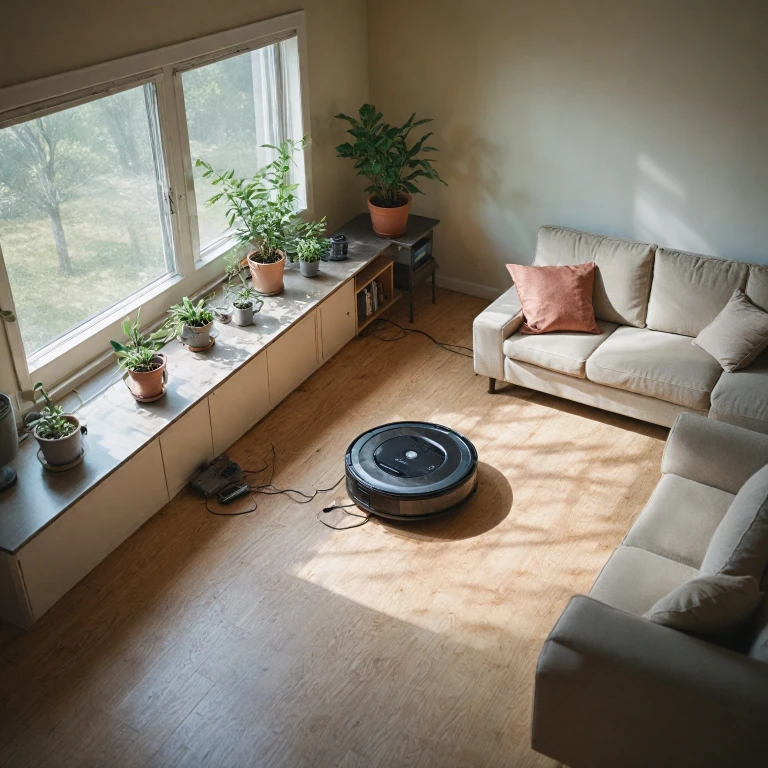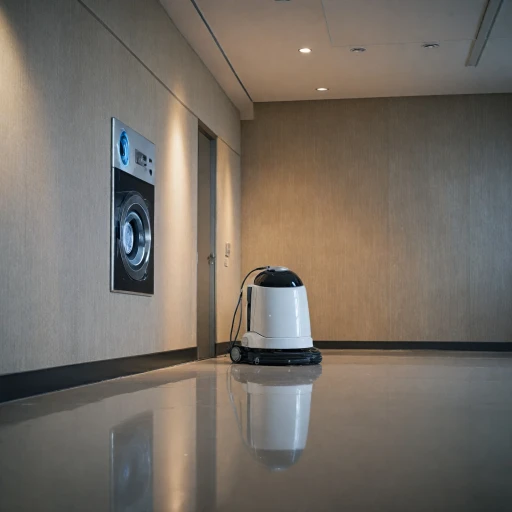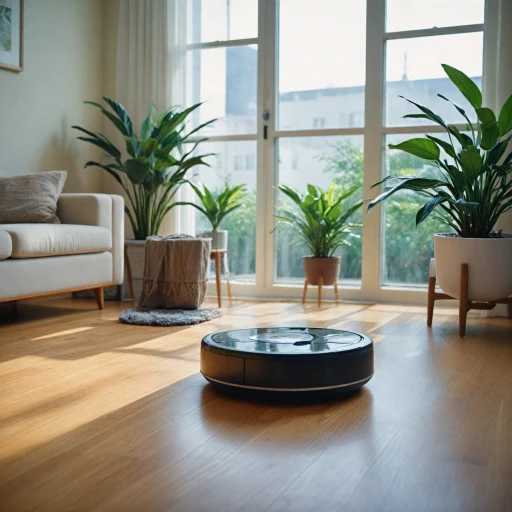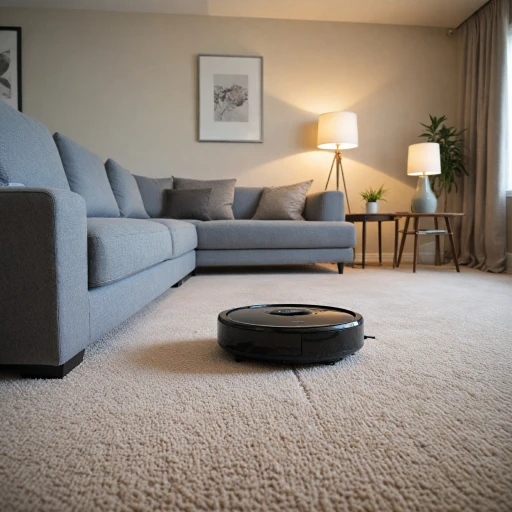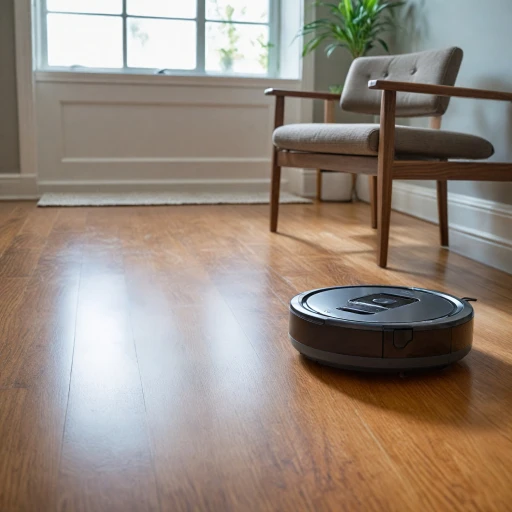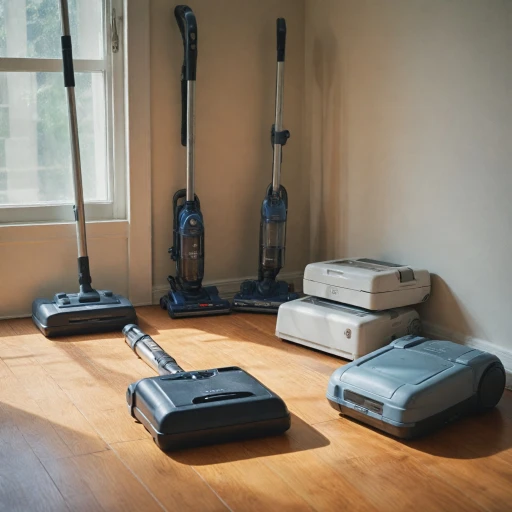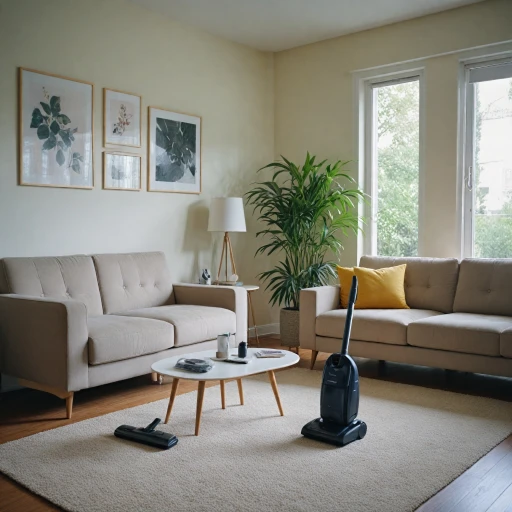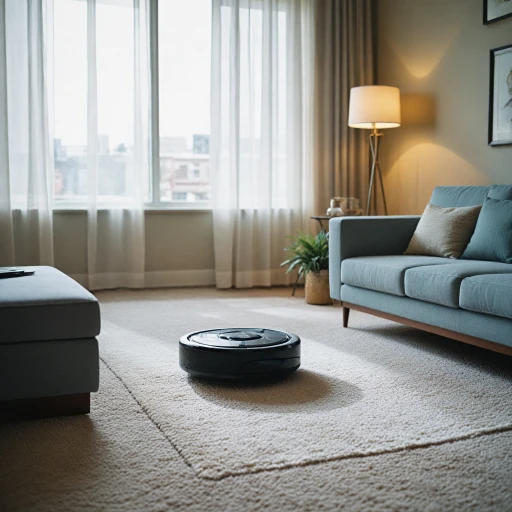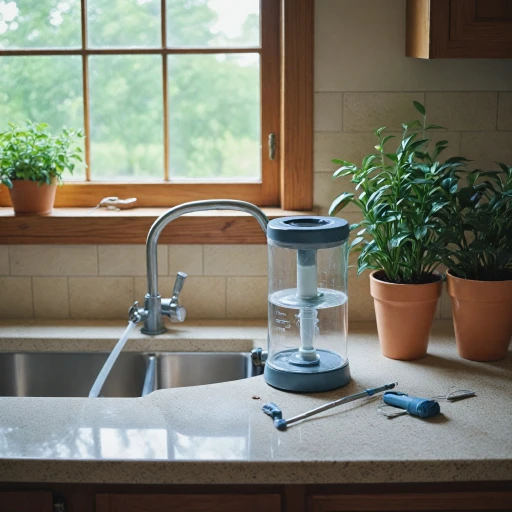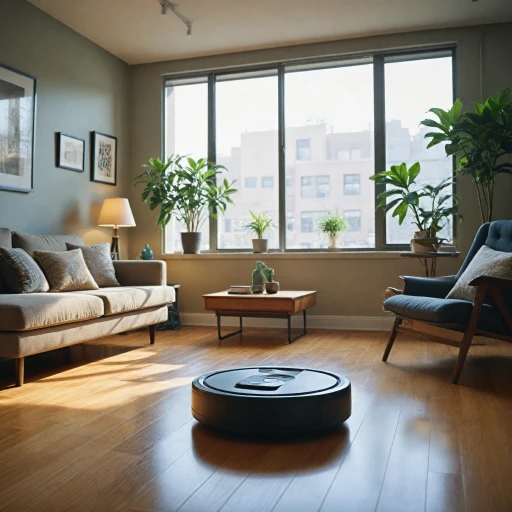
The importance of suction power in robot vacuums
Why Suction Power Matters in Robot Cleaners
The efficiency of a robot vacuum largely hinges on its suction power, which dictates how effectively it can clean your space. A powerful suction ensures that the vacuum cleaner can pick up debris, dust, pet hair, and other particles from various surfaces with ease. Whether it's a hard floor or carpeted area, the cleaning performance is directly influenced by the suction capabilities.
Suction power is crucial when dealing with stubborn dirt or large debris. For instance, many users invest in high-suction models for homes with pets, as these units excel at picking up pet hair and dander that can be tough on weaker vacuums. Cordless models, like those from reputed brands, continuously improve their battery life and suction efficiency to rival traditional upright vacuums.
In the realm of robot vacuums, suction power is not just about raw force but also about smart engineering. For example, technology like the Dyson Detect integrates advanced features to adjust the suction on different floor types, optimizing performance while conserving battery life.
It's equally important to consider that high suction capabilities won't be the sole determinant of a vacuum's efficiency. Factors such as the quality of its brush, filter, and the design of its air pathways all contribute to a comprehensive cleaning solution. As you navigate different brands and models, taking a holistic view of these elements alongside suction power will ensure you pick the best robot vacuum for your needs.
For those looking for detailed insights into assessing and comparing suction power across brands, a helpful guide on box vacuums can provide useful context and considerations.
How suction power is measured
Measuring the Force Behind the Clean
Understanding how suction power is measured is critical in evaluating the effectiveness of robot vacuums. It goes beyond just power; it’s about how well these machines can pick up dirt and dust from various surfaces, be it hard floors or thick carpets.
Suction power is often quantified in Air Watts (AW) or sometimes in Pascals (Pa). Understanding these measurements can help consumers determine which vacuum cleaner best fits their needs, without getting lost in technical jargon. For instance, dyson vacuums often emphasize their Air Watt rating to showcase their ability to lift pet hair, while other brands might highlight their Pascal measurements for deep cleaning efficiency.
- Air Watts (AW): This unit measures the amount of power a vacuum cleaner uses to carry a unit of air from the cleaner’s base to its container.
- Pascals (Pa): Represents the pressure applied by the air suction, indicating the vacuum’s capacity to lift dust and debris particles from a surface.
The significance of these measurements can vary based on the cleaning tool being used. For example, a vacuum using a crevice tool may require different suction dynamics compared to one with a rotating brush attachment.
While numbers offer a technical comparison, how these vacuums perform in real-world cleaning scenarios defines their true impact. With constant innovations in battery and filter technology, including the emergence of cordless vacuums offering prolonged battery life and durable suction, these measurements become more significant in choosing a model that maintains optimal performance over time.
For more detailed insights into how these units are interpreted across different models, explore the nuances in robot vacuum technology at our extensive guide on the world of robot vacuums.
Comparing suction power across popular brands
Evaluating Popular Brands for Optimal Performance
When choosing the best robot vacuum for your home, comparing suction power across popular brands can be pivotal. Industry leaders such as Dyson and others offer a range of models that cater to different cleaning needs, like dealing with pet hair or maintaining hard floors. Here’s a quick breakdown:- Dyson Robot Vacuums: Known for their powerful suction, Dyson's models like the Dyson Detect series utilize cutting-edge technology to ensure thorough cleaning. They have robust motors that effectively tackle stubborn dust and debris, and their specialized filters capture allergens, providing a cleaner air environment.
- Other Competitive Brands: Besides Dyson, several other brands have made a name for themselves in the robotic vacuum sector. With a focus on balance, many of these brands offer models with solid suction power, extended battery life, and features like pet hair-specific brushes and hard floor settings.
Weighting Suction Against Other Features
It isn't just about having the strongest suction. Factors like battery capacity, the presence of a crevice tool, or whether the model includes a detachable battery are also crucial. Furthermore, the efficiency of a vacuum cleaner doesn’t solely rest on suction power. For instance, cleaning tools designed for specific purposes, such as Dyson’s gen detect technology, make the cleaning process more effective by targeting dust and allergens with precision. Balancing suction with other features is crucial. Remember, cordless vacuums like the Dyson Gen series not only emphasize power but also cordless convenience, which is a huge plus for flexibility across various cleaning tasks. For more comprehensive guidance on balancing power with features, visit efficient solutions for pet owners, which can offer insight into choosing the best robot vacuum for specific needs like pet hair management.Factors influencing suction power
Elements Affecting Suction Efficiency in Robot Vacuums
When assessing the effectiveness of a robot vacuum, understanding the factors that influence suction power is paramount. These variables not only impact performance but also the overall efficiency of a cleaning session. Knowing these elements will help you identify which vacuum suits your needs best.
- Brush Design: A robot vacuum's brush plays a crucial role in its ability to lift dirt and debris. Brushes with longer bristles can effectively capture pet hair and other particles, making them ideal for homes with furry friends. Conversely, shorter bristles might better serve households with mostly hard floors.
- Motor Performance: The motor is the heart of any vacuum cleaner, and its performance can significantly dictate the power of suction. High-quality motors, such as those found in some dyson cleaner models, tend to provide more power, resulting in superior cleaning of dust and debris.
- Filtration System: Filters are not just about trapping dust but also about maintaining suction power. A clogged filter can reduce airflow, diminishing the vacuum's cleaning capabilities. Regular filter maintenance ensures sustained performance.
- Battery Capacity: A vacuum's battery life directly impacts how much cleaning it can cover in one charge. Cordless vacuums with larger batteries, for instance, perform for extended durations without sacrificing power.
- Air Path Design: Efficient airflow designs ensure that the air moves smoothly through the vacuum, enhancing suction. Disruptions in the airflow, often due to poor design or blockages, can decrease efficiency.
- Sensors and AI: Modern vacuums, equipped with AI and sensors, such as those found in dyson detect models, optimize suction by adjusting to the surface they're cleaning. These smart adaptations are vital to maintaining performance across different floor types.
By understanding these factors, consumers can make informed choices, balancing power with the practical features needed for their unique environment. As technology evolves, staying updated ensures you get the best vacuum cleaner for your home’s needs.
Balancing suction power with other features
Finding the Right Balance in Robot Vacuum Features
When choosing a robot vacuum, it's tempting to target models boasting high suction power as an immediate indicator of superior cleaning capability. Yet, successful vacuum cleaners, including robotic ones, require a harmonious interplay of multiple features. Here's why balance is key:- Brush and Tool Efficiency: Suction power is undoubtedly essential; however, the effectiveness of a vacuum's brush plays a significant role in loosening dirt, pet hair, and debris. Models with advanced brush systems, like those in some Dyson cordless vacuums, perform better by initially agitating particles on carpets and hard floors.
- Battery Life: High suction power can drain energy quickly. Robust models, especially cordless vacuums, prioritize battery life to maintain performance over an extended cleaning period. Detachable or longer-lasting batteries are ideal for wide-ranging cleaning tasks.
- Filtration System: A vacuum's ability to trap dust and allergens without expelling them back into the air is crucial. Effective filters maintain air quality and complement the suction power by preventing blockages.
- Navigation and Detection: Robot vacuums, equipped with tech such as Dyson's detect technology, strategically navigate and map areas efficiently, ensuring coverage where suction power alone won't reach.
- Accessories and Tools: Companion tools, like crevice tools, enable vacuums to target tight spaces efficiently. Ensuring your vacuum cleaner has the best accessories boosts overall cleaning performance.
Tips for maintaining optimal suction power
Regular Maintenance for Consistent Suction
To ensure your robot vacuum maintains optimal suction power, regular maintenance is key. Dust and debris can accumulate over time, affecting the vacuum's performance. Here are some tips to keep your cleaner in top shape:
- Clean the Filters: Filters play a crucial role in maintaining suction power. Regularly check and clean the filters to prevent dust buildup. Some vacuums, like the Dyson models, have washable filters, making maintenance easier.
- Empty the Dustbin: A full dustbin can significantly reduce suction efficiency. Make it a habit to empty the dustbin after each cleaning session, especially if you have pets or live in a dusty environment.
- Check the Brushes: Hair and debris can get tangled in the brushes, reducing their effectiveness. Regularly inspect and clean the brushes to ensure they are free from obstructions.
- Inspect the Suction Path: Ensure that the suction path is clear of any blockages. This is particularly important for hard floors where small debris can easily get stuck.
Battery and Power Management
The battery life of your robot vacuum can also impact its suction power. A weak battery may not provide enough power for optimal cleaning. Consider these tips:
- Charge Regularly: Ensure your vacuum is fully charged before use. Some models, like the Dyson Gen series, have detachable batteries, allowing for easy replacement if needed.
- Use Power Modes Wisely: Many vacuums offer different power modes. Use higher power modes for tough cleaning tasks, but switch to eco modes for regular cleaning to conserve battery life.
Utilize the Right Tools
Using the right tools can enhance your vacuum's performance. Consider these options:
- Crevice Tool: This tool is excellent for reaching tight spaces and corners where dust accumulates.
- Motorized Brush: For homes with pet hair, a motorized brush can be invaluable. It helps in effectively picking up hair and debris from carpets and upholstery.
By following these maintenance tips, you can ensure that your robot vacuum continues to deliver the best cleaning performance, keeping your home dust-free and your floors spotless.
